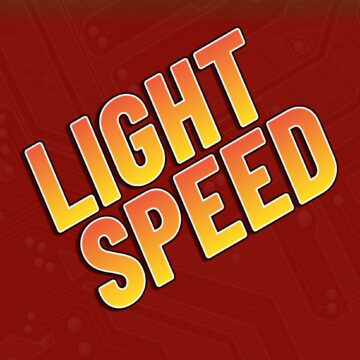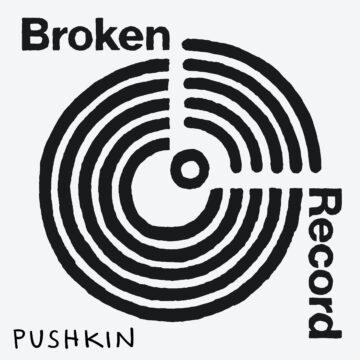What Are Movement System Impairments? With Sylvia Czuppon
Sylvia Czuppon is a physical therapist, professor at the Washington University in St. Louis DPT program, and co-founder of the St. Louis Female Sports Medicine Initiative where she volunteers her time to speak to youth sports teams about injury prevention strategies.
Sylvia describes a movement system involving a variety of systems (neurologic, endocrine, etc.) but these systems work together to create movement.
Treating patients in clinical practice occurs using two models
* Kinesio-pathologic model – impaired movements that create the pathology* Patho-kinesiologic model – an existing pathology which create impaired movement
Therapists mainly use the kinesio-pathologic model believing movements overtime with poor mechanics will eventually create pain or pathology which ultimately lead to movement system impairments (MSI). Therapists should understand pattern recognition when classifying a patient’s movement.
Standardizing movement quality helps the therapist to understand the range of motion considered normal in a movement pattern. Since every person is different (i.e. structural anatomy), these values will not fit all patients but assist in finding the cause of the MSI.
If you are looking for more information on movement system syndromes, check out these books from Shirley Sahrmann
* Diagnosis and Treatment of Movement Impairment Syndromes* Movement System Impairment Syndromes of the Extremities, Cervical and Thoracic Spines
Check out the courses offered by Washington University in St. Louis on Movement System Impairment Syndrome.
QUOTES
“One of the greatest skills as a physical therapist is pattern recognition.” – SYLVIA
PARTING SHOT
“Each patient is an individual. They have individual needs. They have individual movement patterns which feed into the reason they might have pain. If we are not exercising our brains to try to help them out with a more individualized and tailored approach to their treatment, we are doing them a disservice.” – SYLVIA









